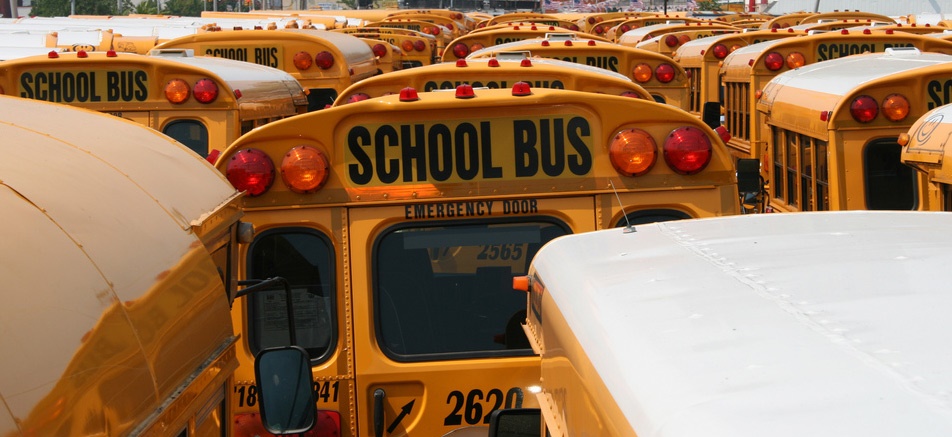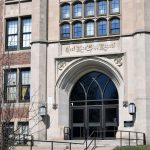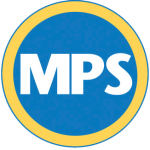Referendum Bill Bad for Rural Districts
GOP proposal restricts referendums, which have been on the rise.
Some state lawmakers are seeking to restrict the ability of Wisconsin residents to raise new resources for schools, by banning certain types of school referendums and limiting others. The proposed measures have the potential to harm rural school districts, many of which are struggling to manage the financial effects of declining enrollments.
For a brief description of the proposed restrictions on school referendums, see this summary from the Wisconsin Association of School Boards.
One of the measures proposed would prohibit Wisconsin voters from permanently increasing property taxes to raise their school district’s state-imposed budget cap. Instead, voters would only be able to approve raising new revenues for a maximum of five years at a time. The state would invalidate referendums approved in the past that permanently raised property taxes and set them to expire after five years.
Eliminating the ability of voters to raise their property taxes on a permanent basis would hit rural school districts hardest. Since 2012, Wisconsin voters passed referendums that increased rural school district budgets by $11.4 million a year on a permanent basis. Given that there are 60,000 students attending rural school districts in Wisconsin, that averages out to an increase of $190 per student in rural school districts for permanent referendums. In comparison, non-rural school districts passed permanent referendums that increased school district budgets by $72.3 million a year over this period, for an average of $91 per student – less than half the amount per student that voters in rural districts approved. (School districts were defined as rural if they had enrollment of less than 745 students and had fewer than 10 students per square mile, as determined by the Wisconsin Department of Public Instruction.)
Rural school districts may be relying on permanent referendums in an effort to address financial hardships caused by declining enrollment. Many communities in Wisconsin have fewer children than they did five or ten years ago, with some of the biggest declines occurring in counties in northern Wisconsin. To a large extent, student enrollment determines the amount of state support a school district receives as well as the amount of money the school district is allowed to raise from property taxes. But many school district costs are fixed and don’t go down when student enrollment goes down. For example, school districts face the same heating bill regardless of how many students occupy a building. Likewise, a school district may have to run the same bus routes, have the same costs for insuring its buildings, and pay the same amount to have its parking lot plowed regardless of the number of students inside the building.
Rural school districts shouldn’t need to go to referendum to avoid making deep cuts to academic programs or to services that help keep students in school. Still, passing a referendum can be an important tool for rural taxpayers who want to ensure that their school district is able to make investments in students. Taking away an important tool for rural schools will make it harder for rural families and communities to thrive.
Wisconsin Budget
-
Charting The Racial Disparities In State’s Prisons
 Nov 28th, 2021 by Tamarine Cornelius
Nov 28th, 2021 by Tamarine Cornelius
-
State’s $1 Billion Tax Cut Leaves Out 49% of Taxpayers
 Sep 21st, 2021 by Tamarine Cornelius
Sep 21st, 2021 by Tamarine Cornelius
-
TANF Program Serves a Fraction of Poor Families
 Aug 30th, 2021 by Jon Peacock
Aug 30th, 2021 by Jon Peacock






















